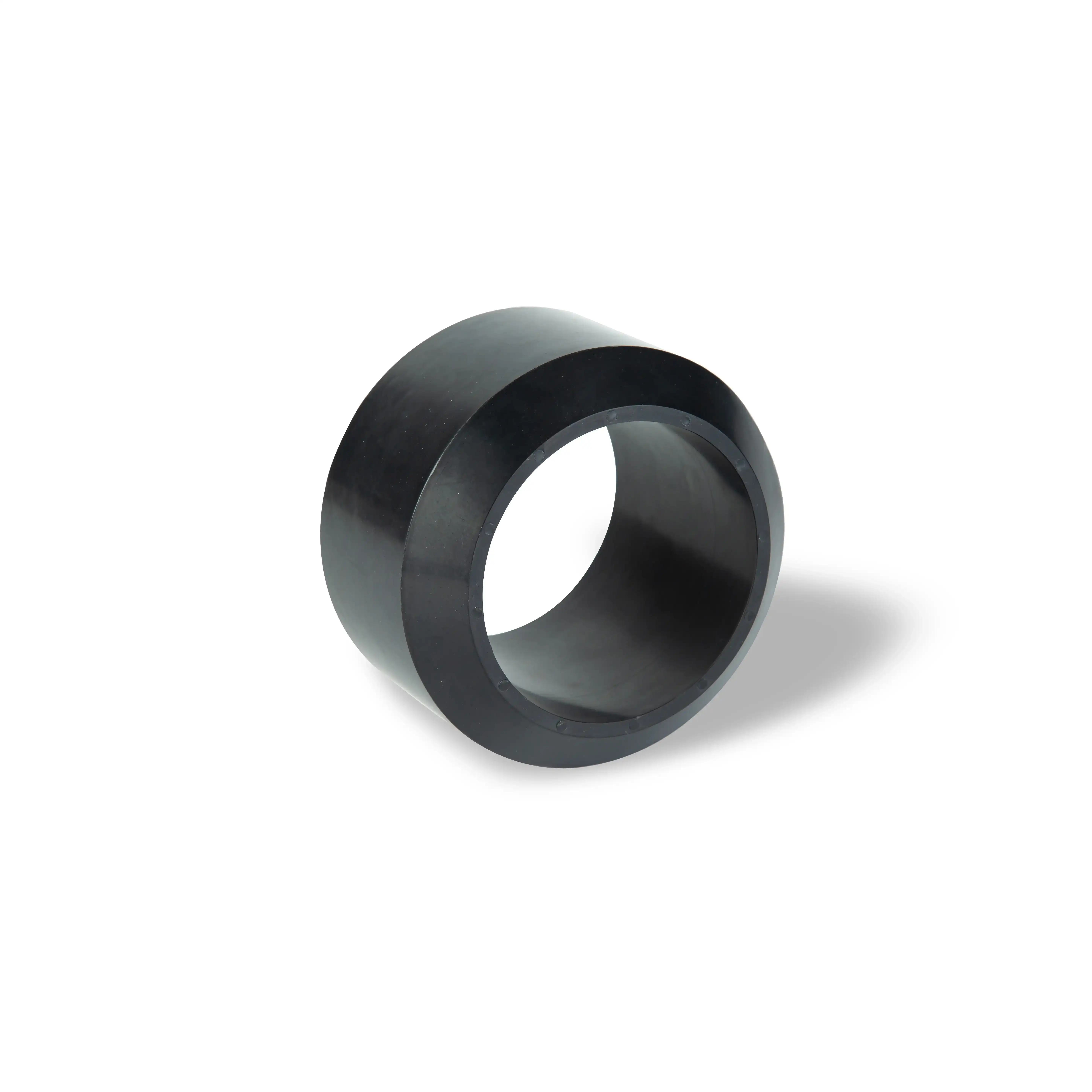When it comes to electronics, soldering is a fundamental skill that can either make or break your project. Whether you are a hobbyist looking to build your first circuit or a seasoned engineer working on complex devices, the question often arises: Is electronic soldering hard? This article aims to explore the intricacies of electronic soldering, breaking down its challenges and providing insights into mastering this essential craft.
Understanding Soldering: The Basics
At its core, soldering is the process of joining two or more electronic components together using a filler metal, known as solder. This process involves heating the solder until it melts and flows into the joint, creating a strong electrical connection. While the concept may seem straightforward, several factors contribute to the perceived difficulty of soldering.
The Learning Curve: Skills and Techniques
- Equipment Familiarity:
- Soldering Iron: The most crucial tool in your arsenal, a soldering iron requires a certain level of familiarity. Understanding temperature settings, tip types, and maintenance is essential for effective soldering.
- Solder: Different types of solder (lead-based vs. lead-free) have varying melting points and flow characteristics. Knowing which type to use for your project can significantly affect the ease of soldering.
- Hand-Eye Coordination:
- Soldering requires precise movements and a steady hand. For beginners, this can be a significant hurdle. Practicing on scrap materials can help develop the necessary dexterity and coordination.
- Component Placement:
- Properly placing and securing components on a PCB (Printed Circuit Board) is crucial. Misalignment can lead to cold joints or shorts, complicating the soldering process. Learning to read schematics and understanding component orientation is vital.
Common Challenges in Soldering
- Temperature Control:
- Overheating can damage sensitive components, while insufficient heat can result in poor solder joints. Mastering temperature control is essential for achieving reliable connections.
- Solder Joint Quality:
- A good solder joint should be shiny and smooth, indicating proper melting and flow. Beginners often struggle with achieving this quality, leading to issues like cold solder joints or solder bridges.
- Dealing with Surface Mount Technology (SMT):
- SMT components are smaller and more challenging to solder than their through-hole counterparts. Techniques such as using a microscope or tweezers can aid in handling these tiny components.
Tips for Mastering Electronic Soldering
- Practice, Practice, Practice:
- The best way to improve your soldering skills is through consistent practice. Start with simple projects and gradually increase complexity as you gain confidence.
- Invest in Quality Tools:
- Using high-quality soldering equipment can make a significant difference. A reliable soldering iron, good solder, and proper safety gear will enhance your soldering experience.
- Learn from Mistakes:
- Mistakes are part of the learning process. Analyze what went wrong and how to fix it. This reflective practice will help you grow as a soldering technician.
- Utilize Online Resources:
- There are countless tutorials, videos, and forums dedicated to soldering. Engaging with these resources can provide valuable insights and tips from experienced solderers.
Conclusion: Is Electronic Soldering Hard?
In summary, while electronic soldering can present challenges, it is not insurmountable. With the right tools, techniques, and a commitment to practice, anyone can become proficient in soldering. The key lies in understanding the nuances of the process and being willing to learn from both successes and failures. So, if you’re contemplating diving into the world of electronics, don’t let the fear of soldering hold you back. Embrace the challenge, and you may find that it’s not as hard as it seems.

Average Rating